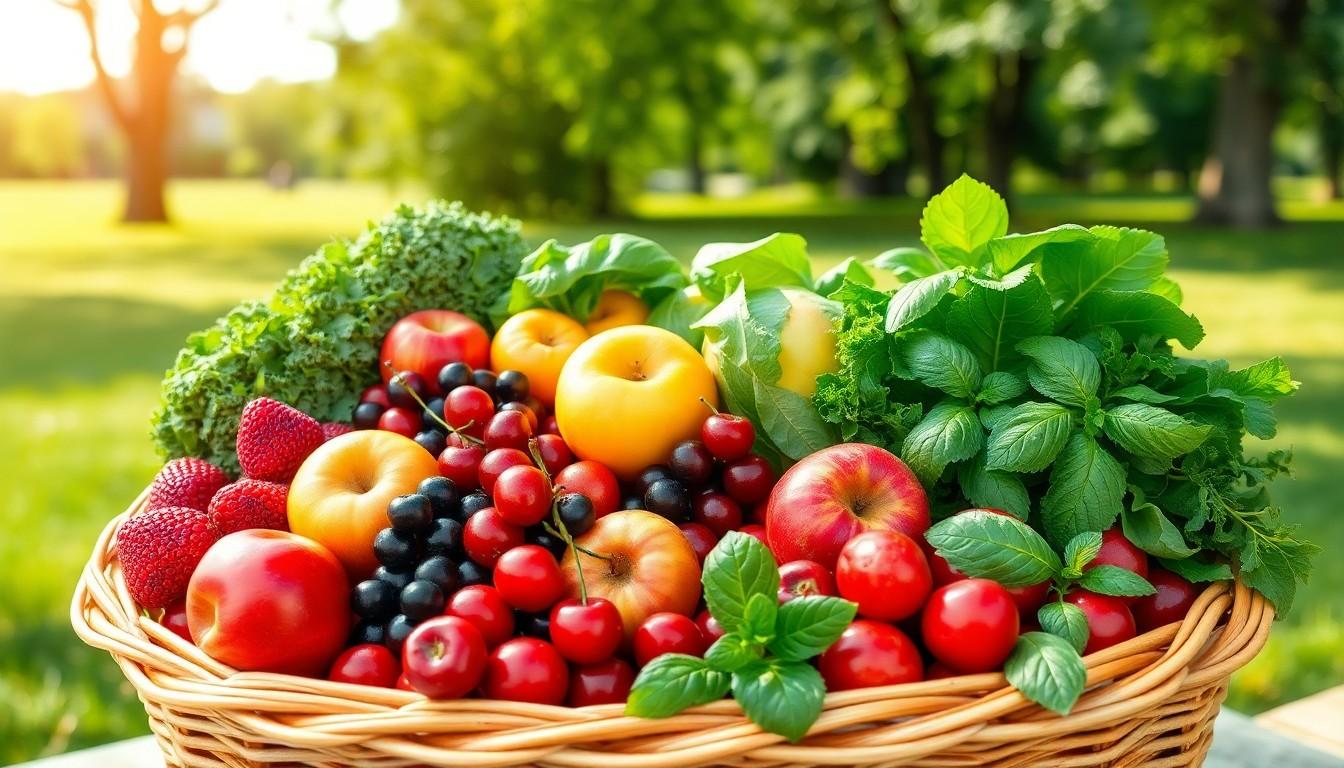Ever found yourself staring at a lush garden and wondering which of those leafy greens won’t send you on a wild trip to the ER? You’re not alone. With countless plants gracing our backyards and local parks, it’s easy to feel like a contestant on a game show called “Guess That Plant!” But fear not—this guide is here to help you navigate the delicious world of edible plants without turning your dinner into a botanical experiment gone wrong.
What Plants Are Edibl
Edible plants encompass a wide range of species, including fruits, vegetables, herbs, and nuts. Identifying these plants requires knowledge of specific characteristics. Leaf shape, color, and texture often differentiate safe options from toxic varieties.
Certain fruits like apples, berries, and peaches are universally edible and easy to recognize. Leafy greens such as spinach, kale, and lettuce provide essential nutrients and enhance meals. Herbs like basil, oregano, and mint add flavor and aroma to dishes, making them valuable in culinary applications.
Contrastingly, some plants appear similar yet possess toxic properties. The water hemlock resembles edible plants but is deadly. Awareness of these distinctions remains crucial for safety while foraging.
In local environments, availability varies, impacting choices. For instance, wild garlic, dandelion greens, and clover often thrive in gardens and parks. Recognizing their growth patterns enables effective foraging.
Utilizing resources such as field guides enhances knowledge. These guides detail plant identification, taste profiles, and culinary uses. Additionally, local gardening groups and online forums offer valuable insights and firsthand experiences.
Culinary practices often inspire experimentation with new edible plants. Cooking with wild plants like stinging nettle or purslane introduces unique flavors. Incorporating these into balanced diets promotes nutrition diversity.
Remaining informed about seasonal availability aids in selection. Some plants thrive in spring, while others yield in summer or fall. Adjusting exploration based on seasonal cycles optimizes foraging experiences.
With proper knowledge and caution, exploring edible plants can become a rewarding adventure. Engaging with nature while identifying safe plants enriches culinary experiences and supports sustainability.
Common Edible Plants
Identifying common edible plants greatly enhances culinary experiences. Familiarity with specific types guarantees safer foraging and cooking.
Fruits
Fruits provide essential vitamins and antioxidants. Apples, berries, and peaches are widely recognized for their health benefits. Consider foraging for wild strawberries and blackberries in local parks. Seasonal fruits like cherries and grapes offer delicious options as well. Ripe fruits usually appear vibrant and smell fragrant, signaling readiness for harvest.
Vegetables
Vegetables contribute vital nutrients and add variety to meals. Leafy greens, such as kale and spinach, are nutrient-dense choices. Carrots, beets, and radishes can often be found in gardens. Foragers may discover edible wild plants like dandelion greens and purslane. Distinct characteristics like texture and color help differentiate these safe options from toxic varieties.
Herbs and Spices
Herbs and spices enhance flavor and provide health advantages. Basil, cilantro, and parsley are popular culinary herbs. Wild garlic and mint thrive in many environments, offering aromatic choices. Identifying edible varieties relies on observing leaf shape and scent. Experimenting with these plants can elevate dishes and broaden flavor profiles.
Foraging for Edible Plants
Foraging for edible plants requires knowledge and caution. Understanding safety and identification methods is crucial for a successful experience.
Safety Tips
Safety remains a priority when foraging. Always identify plants using multiple resources before consumption. In unfamiliar areas, stick to commonly recognized plants to minimize risks. Some plants can mimic toxic varieties, so consulting local field guides helps. Avoid foraging near roads or polluted areas, as contamination may occur. If uncertain about a plant, it’s best to err on the side of caution. Wash all gathered items thoroughly to remove contaminants. Finally, sampling new plants should start with small amounts to monitor for allergic reactions.
Identification Techniques
Identification techniques enhance foraging success. Familiarizing oneself with key characteristics like leaf shape and flower color aids recognition. Using field guides or mobile apps provides additional reference points. Paying attention to the plant’s growth environment helps differentiate species. Recording observations in a foraging journal can reinforce these skills. Engaging with local foraging groups or classes boosts knowledge through shared experiences. Learning about seasonal growth patterns expands understanding of what to expect in different months. Combining these techniques cultivates a safer and more enriching foraging experience.
Nutritional Benefits of Edible Plants
Edible plants provide a myriad of health benefits. Fruits, such as apples and berries, are packed with vitamins, minerals, and antioxidants. These components contribute to improved immune function and reduced inflammation. Leafy greens like kale and spinach offer significant amounts of fiber along with essential nutrients, promoting digestive health and heart wellness.
Vegetables, particularly those rich in color, tend to deliver high nutritional value. Carrots contain beta-carotene, known for enhancing vision and skin health. Peppers, especially in vibrant hues, deliver vitamin C, which supports collagen production and skin integrity. Dandelion greens offer a surprising source of vitamins A, C, and K, highlighting the nutritional potential of foraged options.
Herbs and spices add not only flavor but also health benefits. Basil has anti-inflammatory properties that help combat chronic diseases, while cilantro supports detoxification processes in the body. Nutritional advantages from these plants extend beyond taste, enhancing overall meal profiles.
Incorporating a variety of edible plants into daily diets encourages balanced nutrition. Regular consumption of diverse fruits and vegetables reduces the risk of chronic illnesses, including heart disease and diabetes. Combining various plant types in meals ensures an array of nutrients, fostering optimal health.
For those keen on foraging, understanding seasonal availability maximizes nutritional benefits. Knowing when to harvest ensures the freshest and most nutrient-dense options. Utilizing local gardens or wild areas can lead to discovering unique edible plants, contributing to a well-rounded diet.
Exploring the world of edible plants opens up a treasure trove of flavors and health benefits. With the right knowledge and resources, individuals can confidently identify safe options while avoiding potential dangers.
By familiarizing themselves with common edible varieties and utilizing guides or local groups, they can enhance their foraging skills. This journey not only diversifies their meals but also supports a sustainable lifestyle.
With a little caution and curiosity, anyone can enjoy the rewarding experience of incorporating wild plants into their diet. Embracing this adventure leads to a richer culinary landscape and a deeper connection with nature.





